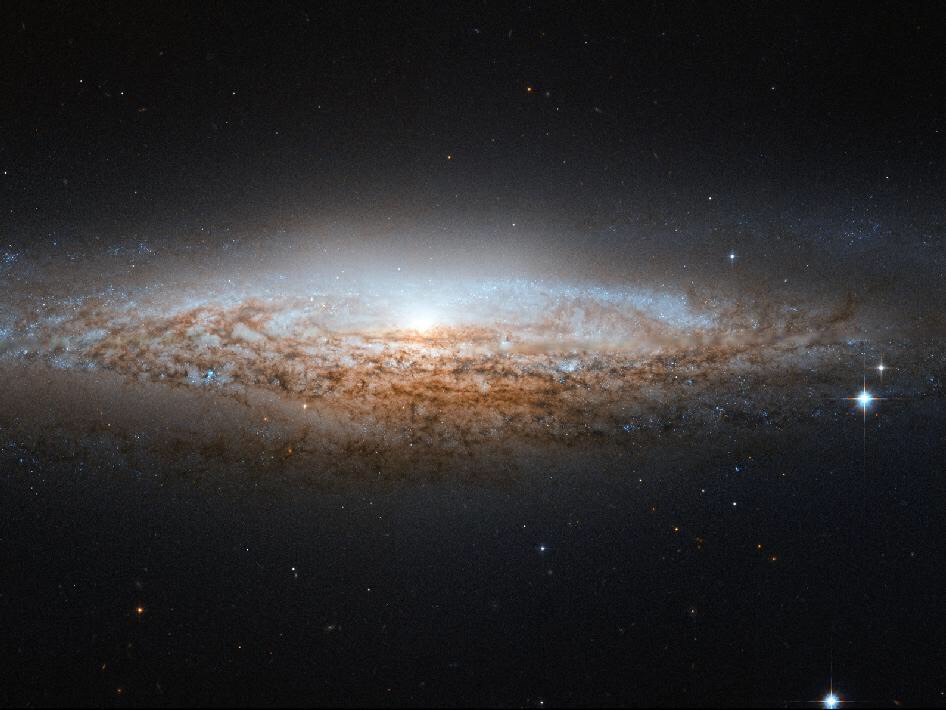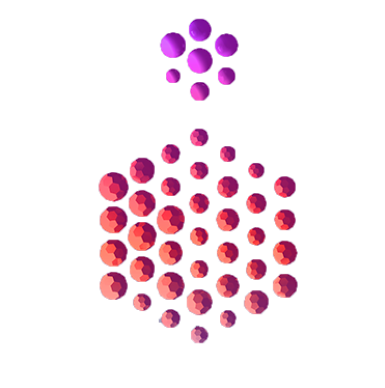About Us
We discover and learn the models and practices used in cutting-edge research projects around the world by implementing research papers.
Teaching sessions are occasionally conducted wherein we explain and implement concepts to acquaint newcomers to the field of data science.
Kaggle Competition Details
Presentation: http://bit.ly/neuraldotppt
Ask Us Questions: https://bit.ly/neuraldotq
Code - Introduction To Python: https://bit.ly/neuraldotpython
Code - Convolution: https://bit.ly/neuraldotcon
Code - MNIST: https://bit.ly/neuraldotmnist
Kaggle Competition: http://bit.ly/neuraldotkaggle
Sample Python Notebook for Kaggle Competition https://bit.ly/neuraldotsample
The teams will be taught the fundamentals of Machine Learning and Python programming in order to implement a handwriting recognition model. This includes the basics of image processing and using GPU enabled services like Google Colab. They will then be given a different dataset and compete in creating the best performing Machine Learning model with the tools previously taught.
Abstract
With each passing day telescopes around and above the Earth capture more and more images of distant galaxies. As better and bigger telescopes continue to collect these images, the datasets begin to explode in size. In order to better understand how the different shapes of galaxies relate to the physics that create them, such images need to be sorted and classified.

Galaxies in this set have already been classified once through the help of hundreds of thousands of volunteers, who collectively classified the shapes of these images by eye in a successful citizen science crowdsourcing project. However, this approach becomes less feasible as data sets grow to contain of hundreds of millions (or even billions) of galaxies. That's where you come in.
This competition asks you to analyze the JPG images of galaxies to find automated metrics that reproduce the probability distributions derived from human classifications. For each galaxy, determine the probability that it belongs in a particular class. Can you write an algorithm that behaves as well as the crowd does?
